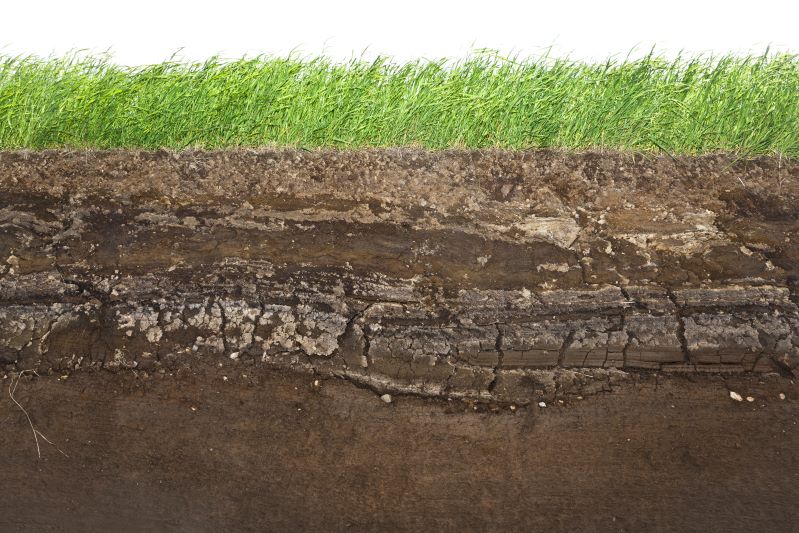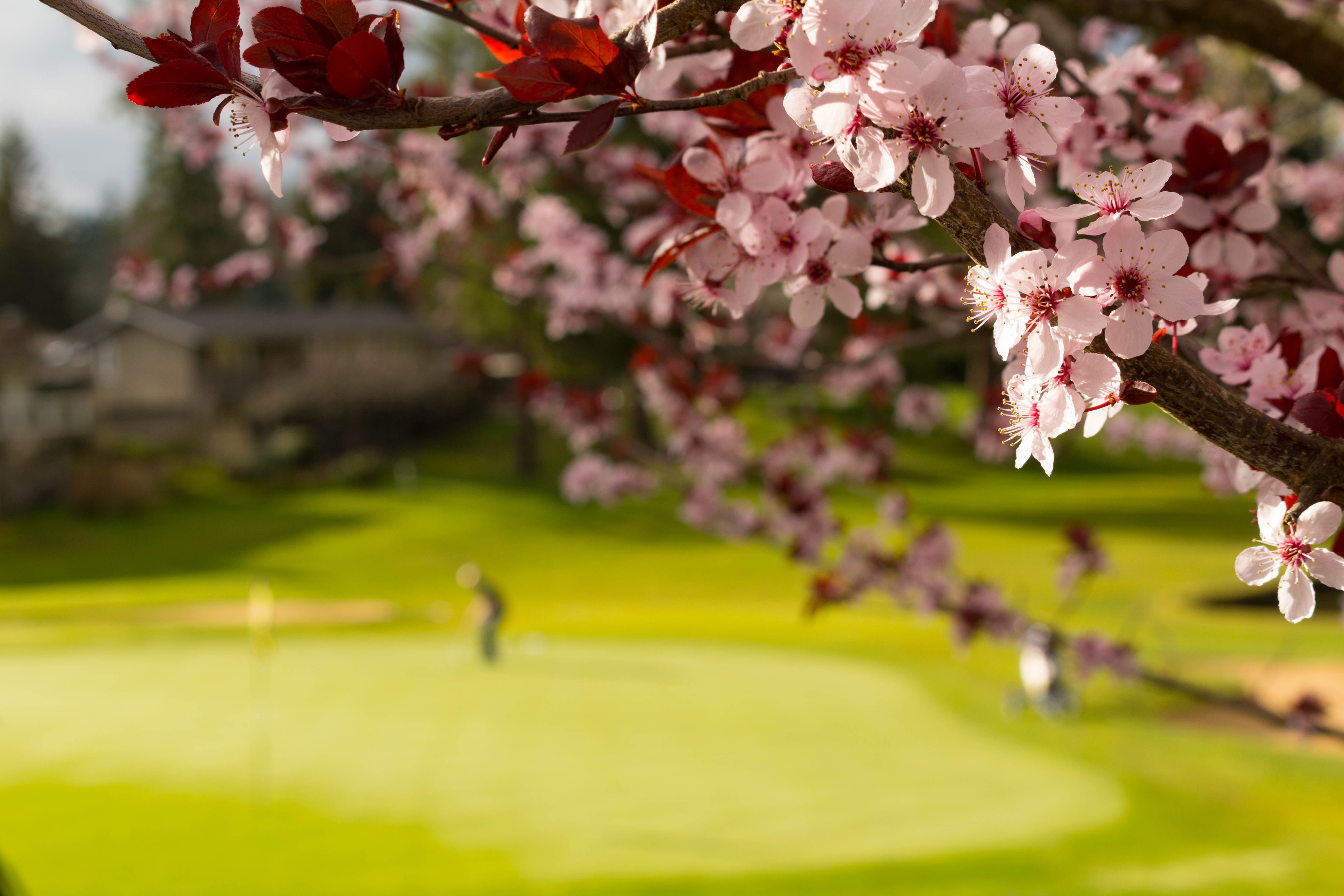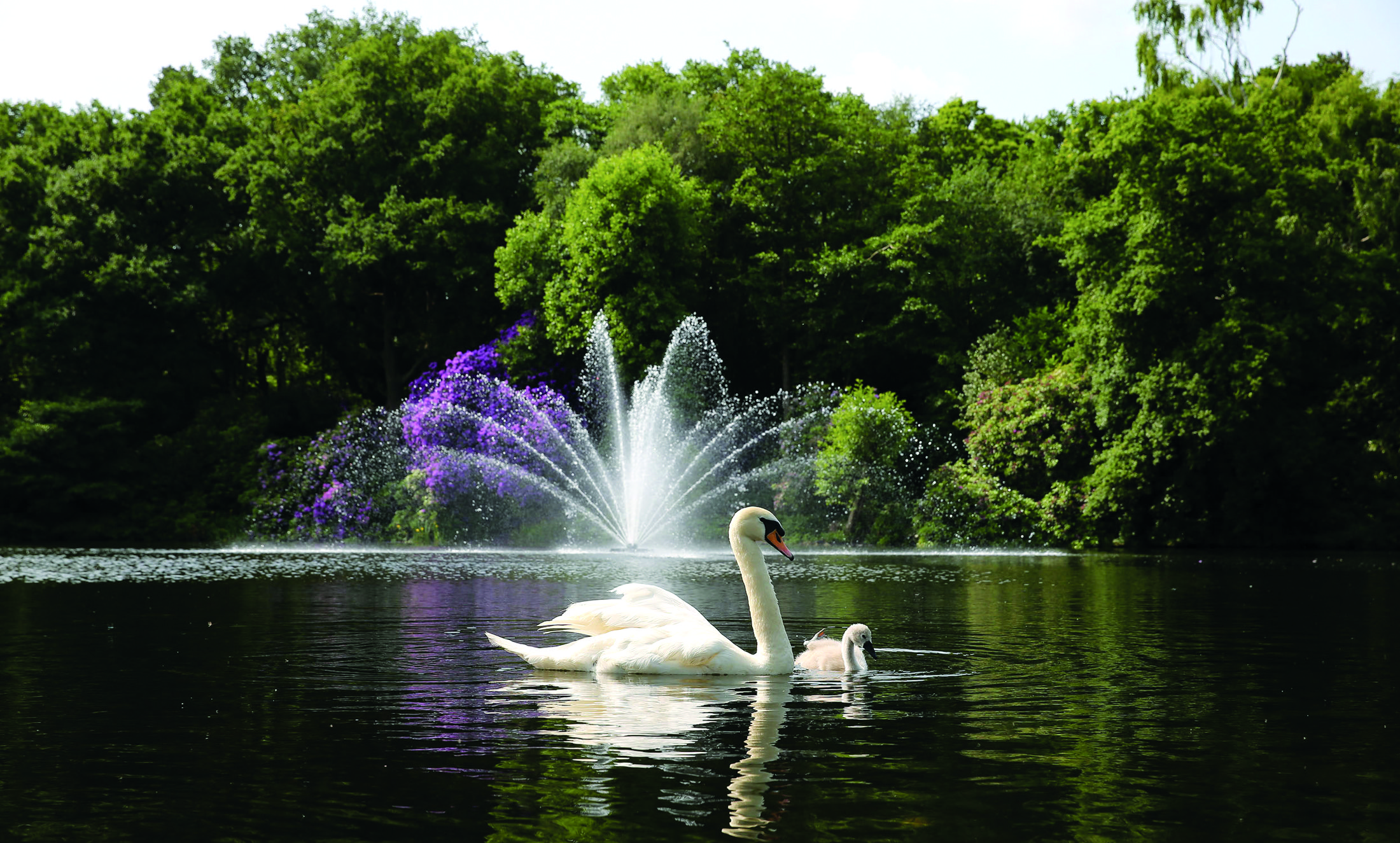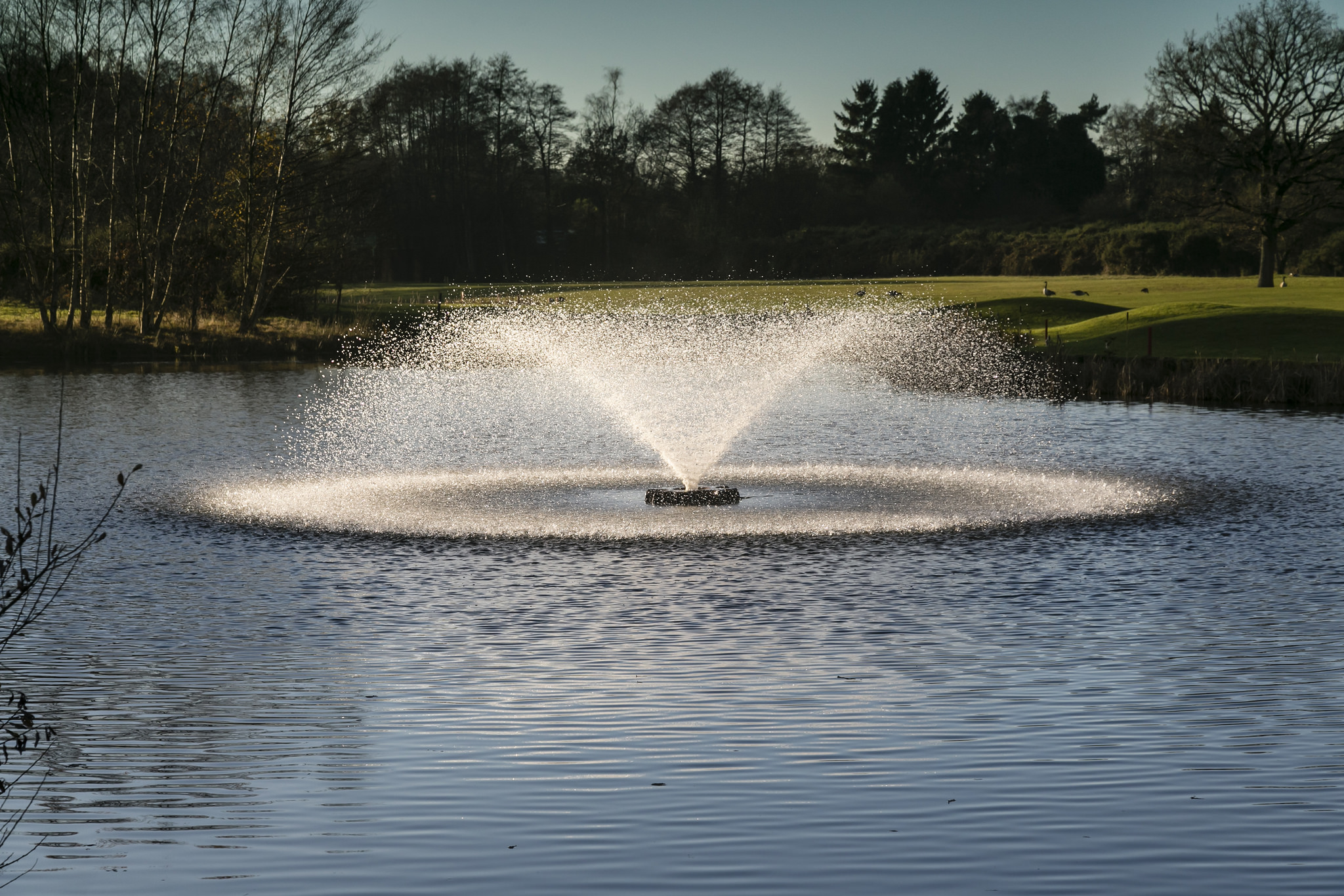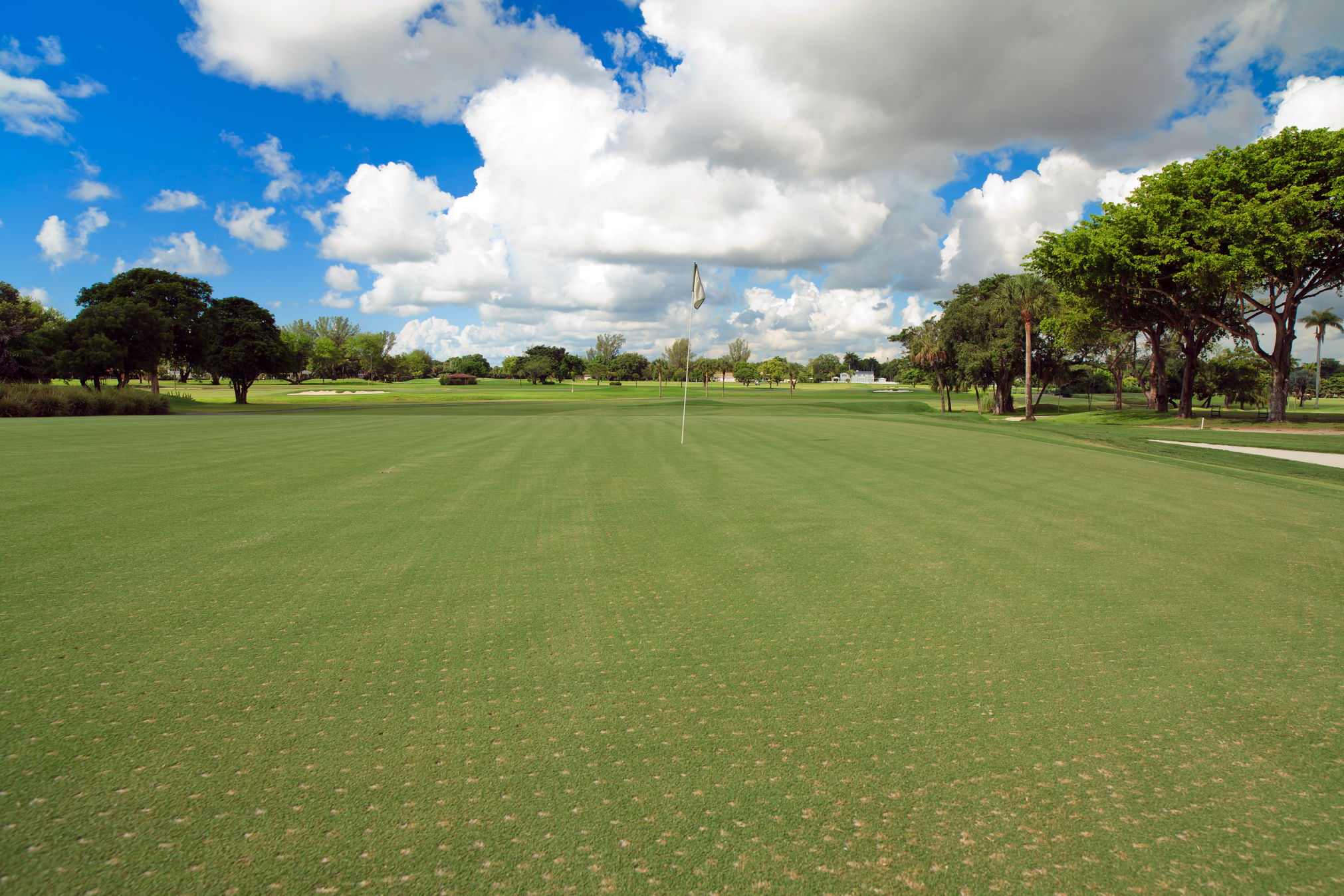- CONTACT US
- MOWERS
- VEHICLES
- APPLICATION
- Golf
- AERATORS
- VEHICLES
Every Drop Counts
CONTENTS
FEATURED STORIES

Robert Jackson
Toro Distributor Reesink Turfcare’s Irrigation Manager
Reading time: 8 minutes
Why every drop counts – the insider’s guide to irrigation and water management
Are you doing enough to minimise water wastage? No matter what your surface, be it a golf course, sports pitch, training ground, park, or large garden, its impirant turf professionals think about ways they can improve efficiencies and save resources.
It’s important to assess whether we are all managing water as effectively and efficiently as we can and in doing so, we can better understand ways we can improve not just our own grounds, but also the sector as a whole.
So, to get us started, here are some strategies you can employ to control water wastage in the upcoming warmer months – and beyond.
3 key strategies to reduce waste and improve water management
Without following good irrigation practices, water can easily drain away. As environmental pressures become more prevalent and the turf sector is driven to become more sustainable, irrigated sites must manage water more responsibly – especially if they are drawing it from the mains.
One way courses have embraced water sustainability is by using boreholes and reservoirs as a water supply for their irrigation. It’s promising to see the industry move towards such long-term, sustainable irrigation methods. But smaller scale developments can also make a big difference.

1. Understand your club’s irrigation system
It goes without saying that water is the lifeblood of every venue. Pipework from the irrigation system conveys it to all the vital organs; the greens of a golf course, for instance, or the centre of a football pitch.
Having an older or out-of-date irrigation system could mean losing up to 25 percent of water intended for greenery, which seeps away instead of reaching its required destination.
Not only is it a needless waste of water and money, but it also puts the health of your turf at risk. Fortunately, you can prevent water loss through rigorous system checks.
Check your irrigation system every 5 years
On top of your regular routine maintenance schedule, we also recommend a thorough check of your system every five years or so to avoid steep water losses and promote more efficient irrigation and water management.
It’s also a good opportunity to assess how the system is performing and consider whether any improvements could be made to save water resources and keep turf in optimum condition. If you’re unsure how to do this, call an irrigation expert to guide you.
Attend irrigation and water management training sessions
Reesink has always prioritised training whether that’s in conjunction with irrigation specialists in the form of training days where attendees are taught to identify potential system faults and how to resolve them. Or onsite training at your venue looking at your specific system set up.

2. Utilise technology to improve water management
Professional irrigation management is a skill in itself – but it can be greatly assisted with the right technology.
Invest in intuitive control systems
Think of control systems as the brain of your irrigation system. They gather all the important information needed to determine how much water is required and where it will be sent to.
Therefore, without a functioning control system, your entire irrigation system could cease to work. But there’s no point settling for one that is merely functional. For longer-term benefits, it’s worth investing in an intuitive system like Toro’s Lynx irrigation control system.
Technology has evolved significantly in the last few years – so much so that investing in a new, intuitive control system could cut your labour in half while also saving huge volumes of water. That’s because intuitive control systems provide comprehensive information, such as sprinkler performance, intelligent field controller data, and soil sensor readings.
Improve water management through tailored irrigation
You can also adjust control systems to meet the precise conditions and requirements of your sports venue, which allows them to intuitively respond to the needs of specific turf areas and, therefore, manage your water more efficiently.
Indeed, applying a set amount to your entire turf ignores the fact salinity, temperature, and moisture levels will inevitably vary across your site due to environmental circumstances.
Inform irrigation practices with soil monitoring equipment
To detect changes in moisture, temperature, and salinity levels, use soil monitoring systems. By understanding the soil profile of your venue, you can make more informed adjustments to your irrigation schedule and reduce water wastage.
One benefit of soil monitoring systems is that they prevent over watering, which inhibits root growth and is detrimental to overall plant well-being, and under watering, which is detected long before the turf is impacted.
Another benefit is alerting users to drainage issues and turf stress, preventing browning and the spread of diseases.
If you don’t already benefit from a soil monitoring system, we’d recommend investing in a wireless network. Sensors are quick and easy to install, and should you ever want to change their position, it’s a simple job – no need to wrestle with wires or dig deep trenches.
“An intuitive control system, coupled with wireless soil monitoring sensors, has made a huge impact on reducing the volume of water we use – and, therefore, on the club’s bottom line. We’re now making big savings, helping the environment, and improving grass-growing conditions.”
Ryan Golding
Head groundsman, Headingley Stadium
Upgrade your sprinklers to limit water wastage
The type of sprinklers used throughout your site can also contribute to how much water you use. As with control centres, sprinkler technology has evolved much in recent years.
By using modern sprinklers that have nozzle options and adjustment capabilities, water can be applied exactly where needed.
You’d be surprised by just how much updating old sprinklers can reduce water consumption and improve turf condition. In another article, we demonstrate how simply replacing ageing sprinkler heads can have surprising results.
3. Regularly service your irrigation system for optimum performance
Another simple way to save water is routinely maintaining your sports venue’s sprinklers. Checking your controller data matches your sprinkler setup can make a huge difference to the accuracy of an irrigation system.
It’s also important to regularly inspect arcs to ensure the application area is correct. Doing so will guarantee water is distributed where intended. These two small additions to your regular maintenance schedule will both contribute to improving water management.
In summary, knowing your irrigation system, and being assisted by innovative technology, while performing scheduled system checks all offer more control over water usage.
Every drop counts, and every drop saved benefits you, players, visitors, and the environment.
For a chat about your irrigation system needs, contact Robert or one of his team members on 01480 226948.
Reesink UK LTD | 1-3 Station Road, St Neots PE19 1QF | Registered in England
Reesink UK LTD is authorised and regulated by the Financial Conduct Authority.










